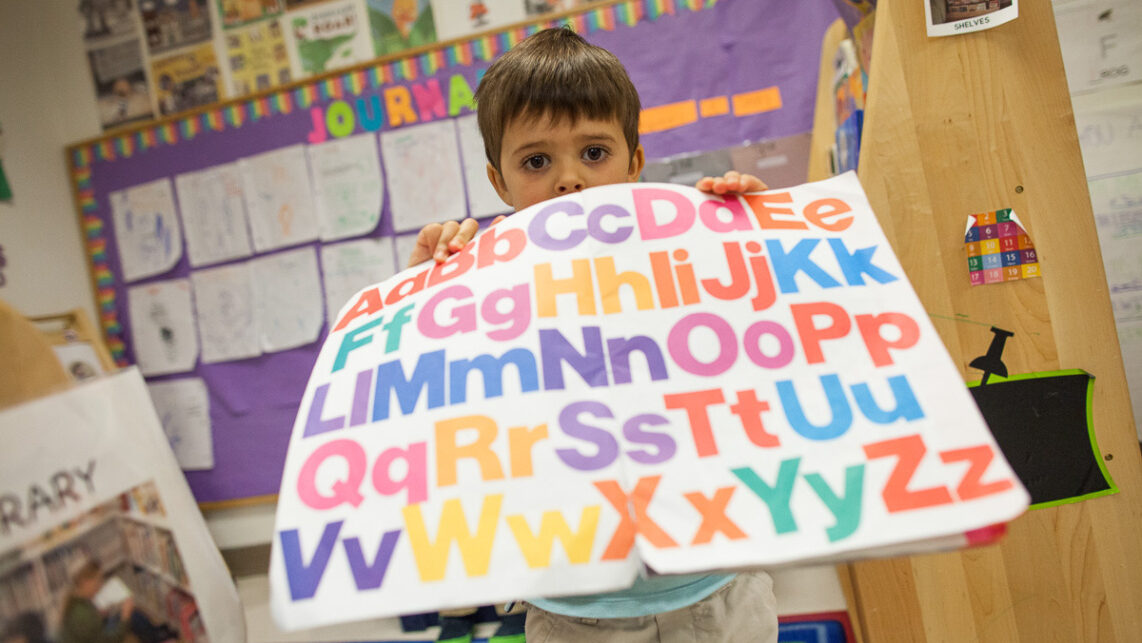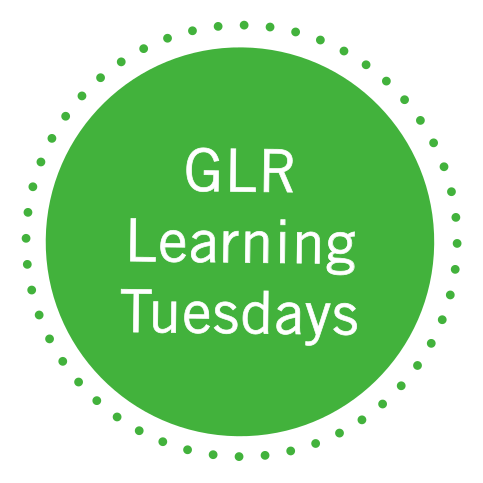
03:00 - 04:30 pm
Getting All Students Up to Speed Using Evidence-Based Supplemental Reading Programs

In this GLR Learning Tuesdays webinar, Getting Students Up to Speed Using Evidence-Based Supplemental Reading Programs, co-sponsored with the LEARN Network, moderator Adrienne D. Woods, Ph.D. of SRI International shared the above quote as she explained the goal of The Leveraging Evidence to Accelerate Recovery Nationwide (LEARN) Network.
Woods provided context to the attendees as to how and why the LEARN Network, a three-year project funded by the Institute of Education Sciences (IES), came to be. She explained that the project was conceptualized as “part of the federal strategy to address both long-standing student achievement gaps and those exacerbated by the COVID-19 pandemic.” Within this program, she explained, there are four “product teams” that focus on literacy and math learning interventions.
As part of a deeper look into the product teams, Woods first invited with the Targeted Reading Instruction-Flamingo Reading App (TRI-FRA) representatives — Mary Bratsch-Hines, Ph.D., of University of Florida Lastinger Center for Learning and Heather Hanney Aiken, Ph.D., of Frank Porter Graham Child Development Institute at University of North Carolina Chapel Hill — to provide an overview of that program. Bratsch-Hines explained that the program includes daily lessons for students, as well as strong implementer supports like virtual coaching. Aiken shared that they’ve created a series of easy-to-implement, high-quality reading lessons for classroom teachers, and reading interventionists like co-panelist Erin McCain Heim of Southside Elementary School in Versailles, Kentucky. Heim echoed the success of the TRI-FRA program in practice:
“The ease of implementing TRI-FRA, from setting the students up in the app to delivering the instruction, has been really seamless. It provides a clear scope and sequence…the structure provides such a high level of comfort for both teachers and students.”
Woods then engaged with the Peer Assisted Learning Strategies (PALS) team to learn more about the peer-tutoring program. Lauren Artzi, Ph.D., and Billie Jo Day, Ph.D., of American Institutes for Research (AIR) shared that PALS is a peer-mediated instructional program in which students are paired together for a reciprocal peer tutoring experience over the course of a 30-minute lesson. Artzi explained that the program allows for students to switch-off between the role of a “coach” and the role of a “leader” to contribute to a system in which students take ownership of their knowledge. Day notes that: “The key piece of this entire program is that students are getting the opportunity to read in a very supported way.”
Following the look at the PALS program, Woods shifted to the final product team, Strategic Adolescent Reading Intervention (STARI). Emily Hayden, Ph.D. of the Strategic Education Research Partnership (SERP) explained that STARI is specifically designed for struggling middle school and high school readers, equipping them with a full year of curriculum to address their reading challenges. Hayden emphasized the importance of addressing this slightly older student demographic, as they may have faced years of reading struggles before reaching middle or high school, leading to disengagement, or internalized negative beliefs about their reading abilities. STARI is implemented in 45-minute classes that emphasize the development of complex reading skills through activities such as reciprocal teaching, partner work, guided reading and debates, fostering both spoken language proficiency and critical thinking abilities.
Kate Leo, MA, EdS, a teacher at Dowling Catholic High School in West Des Moines, Iowa, described the impact she has seen from the STARI program, sharing that the students she taught through the program grew an average of 44 correct words per minute, and moved up a fluency level.
“The other thing we’ve noticed with being able to offer a supplemental support program within our school is that some of our students, their parents are not English speakers, and so they don’t know where to seek outside resources [for their child]. So, I see this program as a way of making English equitable to all of our students in our school by bridging the gap,” Leo said.


 All Events
All Events







